Matched Sampling for Causal Effects
Part I. The Early Years and the Influence of William G. Cochran: 1. William G. Cochran's contributions to the design, analysis, and evaluation of observational studies 2. Controlling bias in observational studies: a review William G. Cochran Part II. Univariate Matching Methods and the Dangers of Regression Adjustment: 3. Matching to remove bias in observational studies 4. The use of matched sampling and regression adjustment to remove bias in observational studies 5. Assignment to treatment group on the basis of a covariate Part III. Basic Theory of Multivariate Matching: 6. Multivariate matching methods that are equal percent bias reducing, I: Some examples 7. Multivariate matching methods that are equal percent bias reducing, II: Maximums on bias reduction for fixed sample sizes 8. Using multivariate matched sampling and regression adjustment to control bias in observational studies 9. Bias reduction using Mahalanobis-metric matching Part IV. Fundamentals of Propensity Score Matching: 10. The central role of the propensity score in observational studies for causal effects Paul R. Rosenbaum 11. Assessing sensitivity to an unobserved binary covariate in an observational study with binary outcome Paul R. Rosenbaum 12. Reducing bias in observational studies using subclassification on the propensity score Paul R. Rosenbaum 13. Constructing a control group using multivariate matched sampling methods that incorporate the propensity score Paul Rosenbaum 14. The bias due to incomplete matching Paul R. Rosenbaum Part V: Affinely Invariant Matching Methods with Ellipsoidally Symmetric Distributions, Theory and Methodology: 15. Affinely invariant matching methods with ellipsoidal distributions Neal Thomas 16. Characterizing the effect of matching using linear propensity score methods with normal distributions Neal Thomas 17. Matching using estimated propensity scores: relating theory to practice Neal Thomas 18. Combining propensity score matching with additional adjustments for prognostic covariates Part VI. Some Applied Contributions: 19. Causal inference in retrospective studies Paul Holland 20. The design of the New York school choice scholarships program evaluation Jennifer Hill and Neal Thomas 21. Estimating and using propensity scores with partially missing data Ralph D'Agostino Jr. 22. Using propensity scores to help design observational studies: application to the tobacco litigation Part VII. Some Focused Applications: 23. Criminality, aggression and intelligence in XYY and XXY men H. A. Witkin 24. Practical implications of modes of statistical inference for causal effects and the critical role of the assignment mechanism 25. In utero exposure to phenobarbital and intelligence deficits in adult men June Reinisch, Stephanie Sanders, and Erik Mortensen 26. Estimating causal effects from large data sets using propensity scores 27. On estimating the causal effects of DNR orders Martin McIntosh.
{{comment.content}}
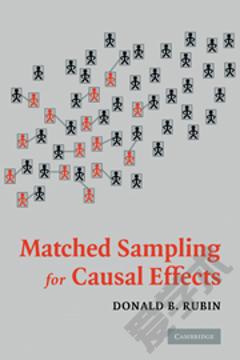
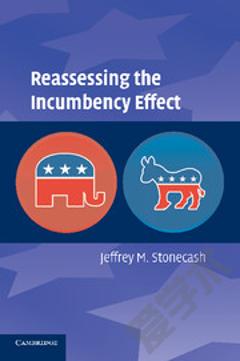
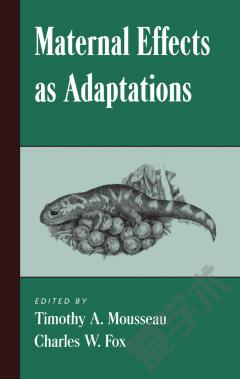
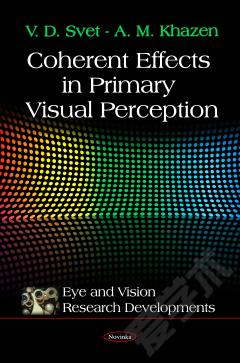

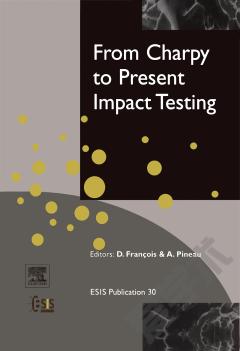
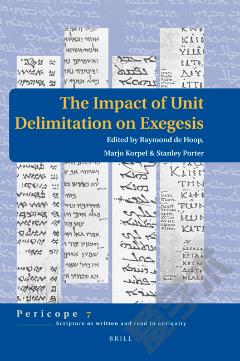

 京公网安备 11010802027623号
京公网安备 11010802027623号